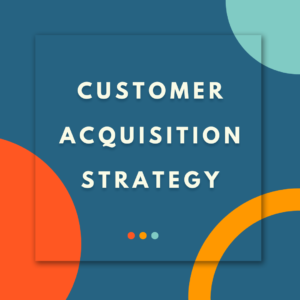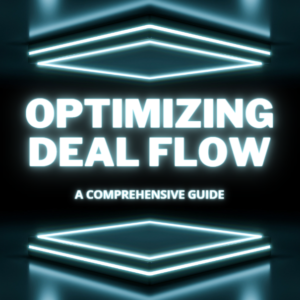Optimizing Revenue Conversion: Strategies for Sales Success and Business Growth
Introduction
In the world of sales, revenue conversion plays a crucial role in the success and growth of a business. By effectively converting leads into paying customers, sales teams can generate more revenue, allowing the company to invest in marketing efforts and gain a competitive edge. This blog will explore key strategies and considerations for maximizing revenue conversion, while also ensuring the sustainability and profitability of the business.
Stakeholders in Revenue Conversion
To achieve optimal revenue conversion, it is important to understand the key stakeholders involved. These include:
1. Account Executives/Closers:
- Conducting sales calls and follow-up calls to engage potential customers.
- Negotiating proposals to close deals successfully.
2. Operations:
- Identifying arbitrage opportunities to maximize profitability.
- Enhancing onboarding efficiency for seamless customer experiences.
Key Points for Successful Revenue Conversion
1. Active Listening and Effective Questioning:
- Prioritize asking questions over excessive talking to understand customer needs.
- Actively listen to their responses and pain points to tailor solutions accordingly.
2. Timing the Pitch:
- Wait for customers to express interest and ask for the pitch.
- Avoid presenting the sales pitch prematurely, allowing customers to engage willingly.
3. Strategic Pricing:
- Keep pricing information confidential until the scope of work required for success is clear.
- This ensures that pricing aligns with the value provided, maximizing chances of closing the deal.
4. Upselling, Downselling, and Cross-selling:
- Be prepared to adapt sales strategies based on customer needs.
- Explore opportunities to upsell higher-value products/services, downsell to meet budget constraints, or cross-sell complementary offerings.
5. Tracking Engagement:
- Monitor the open rates of proposals and key offer emails.
- Look for volume trends to gain insights into customer interest and adjust strategies accordingly.
6. Closing the Deal:
- Never end a call without achieving the desired outcome.
- Ensure that the customer commits to making a purchase or schedule a follow-up to continue the sales process.
Conclusion
Driving revenue conversion is an exciting and essential aspect of business growth. By implementing the strategies outlined above, sales teams can optimize their performance, leverage data and evidence to make informed decisions, and ultimately drive the success of the business. Remember, revenue conversion is not just about closing deals; it is about building long-term relationships and delivering value to customers.
By focusing on these key areas, businesses can create a revenue conversion strategy that not only drives sales but also fosters customer loyalty and sustainable growth. Whether you’re an account executive, a closer, or part of the operations team, these insights can help you navigate the complex landscape of revenue conversion and contribute to the overall success of your organization.
Get more by knowing about Optimizing Deal Flow.



